U.S. needs to quadruple EV chargers by ’25, Porsche’s historic 911 Dakar wraps, Brit luxury’s banner year
Study: U.S. charging network must quadruple by 2025
Intake: S&P Global Mobility, a research and analysis firm, has done a study titled “EV Chargers: How Many Do We Need?” and the answer is … A lot. According to Automotive News, “the number of electric vehicle charging stations in the U.S. must quadruple through 2025 to meet EV sales demand,” the story says, quoting the study. EVs make up less than 1 percent of the 281 million vehicles in operation today and accounted for about 5 percent of new vehicle registrations from January through October 2022, but that share will soon expand, S&P Global Mobility forecasts. Automotive News says EV market share for new vehicles will likely reach 40 percent by 2030, or 28.3 million vehicles.
Exhaust: Yes, most EV buyers will be able to charge at home, but the study says a “robust” selection of external charging stations will be mandatory for EVs to succeed to the degree the federal government wants. “The transition to a vehicle market dominated with electric vehicles (EVs) will take years to fully develop, but it has begun,” said S&P Global Mobility analyst Ian McIlravey. “With the transition comes a need to evolve the public vehicle charging network, and today’s charging infrastructure is insufficient to support a drastic increase in the number of EVs in operation.” — Steven Cole Smith
Three new wraps for 911 Dakar highlight Porsche’s early rallying history
Intake: Porsche has announced three new wraps for the new dirt-slinging 911 Dakar. Each wrap is meant to pay tribute to the earliest days of Porsche’s dirt endeavors, before the brand’s historic 1984 victory at the Paris-Dakar Rally. The Rallye 1971 wrap highlights Porsche’s first efforts as a works team in rally at the 971 East African Safari Rally. The wrap includes black decals on the hood, as well as the number 19 on the door, which denotes the most successful 911 in that rally, which came in fifth. Wrap number two highlights Porsche’s 1974 effort in the East African Safari Rally, which saw Swedish Champ Björn Waldegård dominate the first two stages but finish second after a suspension issue in the final stage. The wrap featured blue lines across the tops of the fenders and down the sides. The third and final wrap is a tribute to the 1978 event, where Porsche brought purpose-built 911 SC Group 4 cars to give it another go in Kenya. Unfortunately, the terrain won again, and Waldegård took fourth, while the South African duo of Vic Preston Jr. and John Lyall took second. The wrap features swirling decals in the Martini livery (The colors on Preston Jr and Lyall’s cars were originally orange and gray, but Porsche’s designers reinterpreted the composition here).
Exhaust: Traditionally, tribute designs like this tend to focus on victories or high points in a marque’s racing history. To choose to highlight early efforts—ones where things didn’t go perfectly and the results were something other than the top step of a podium—is neat. — Nathan Petroelje
Rolls-Royce and Bentley sales hit record levels
Intake: The world can’t get enough of Britain’s most luxurious automobiles. Both Rolls-Royce and Bentley set new sales records in 2022, with 6,021 Rollers and 15,174 Flying Bs flying out of showrooms. The number of vehicles from Goodwood was up eight percent in 2021, while Crewe car sales increased by four percent. Not only are the customers buying more cars, but they’re paying more for them with Rolls-Royce confirming that the average price paid for a Bespoke car was over half a million dollars, and Bentley adding that demand for Mulliner personalized models was also up. The Bentayga was Bentley’s top-seller, achieving 42 percent of sales, with the Continental GT and Convertible accounting for 30 percent and the Flying Spur taking the rest. At Rolls-Royce the Cullinan came out on top, with the Ghost and Phantom following in that order, although no exact split has been provided. The company also said that orders for its electric Spectre have exceeded expectations, so 2023 could set even more records.
Exhaust: Demand for the best of British is unabated, with customers seemingly unaffected by global financial turmoil. The U.S.A remains the biggest market out of the 65 countries Bentleys are sold, taking 28 percent of sales, and the Americas are also home to the most Rolls-Royce sales in 50 nations. Whether it’s old money on Wall Street or new tech cash from California, America’s most wealthy are flocking to flaunt it with British engineering and craftsmanship. — Nik Berg
Hennessey unveils “Apex” Venom F5
Intake: Hennessey Special Vehicles, the Texas-based performance car tuner and builder, has unveiled a track-focused hypercar called the Venom F5 Revolution Coupe, based on the Hennessey Venom F5 Coupe, but with “comprehensively reworked aerodynamics, suspension, engine cooling, and digital telemetry. The engineering team also focused on reducing mass. Thanks to a systematic focus on weight reduction, the race-honed model tips the scales below 3,000 pounds – it is the lightest Venom F5 model.” It’s fitted with an 1817 bhp twin-turbocharged 6.6-liter V-8 powertrain calibrated for competitive use.
Exhaust: Hennessey’s latest is priced at $2.7 million, with just 24 cars built. It debuts this weekend at the Miami Motorcar Cavalcade Concours d’Elegance. A “handful” of the cars are not yet spoken for, Hennessey says. More information is at Hennessyspecialvehicles.com. – Steven Cole Smith






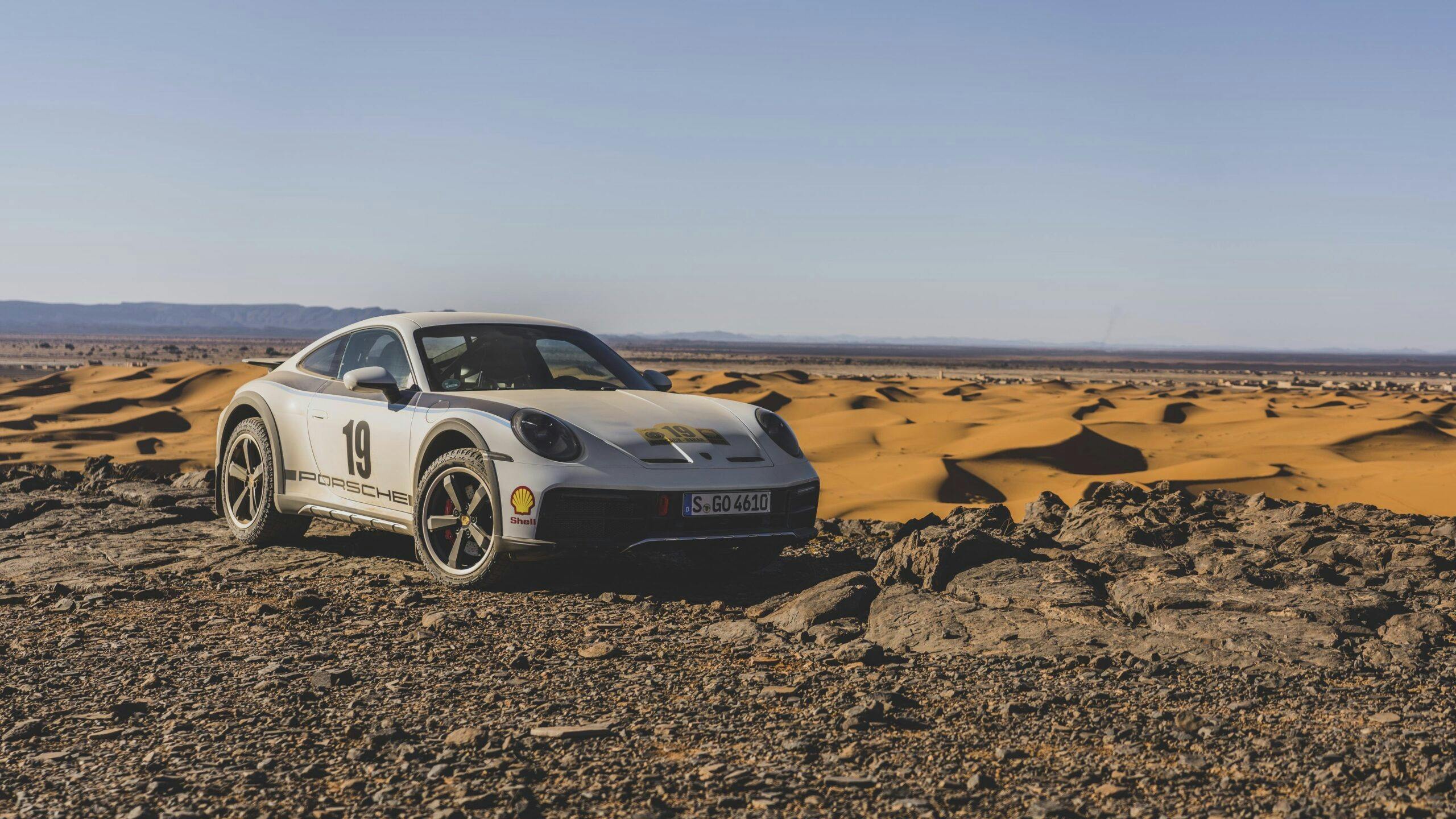
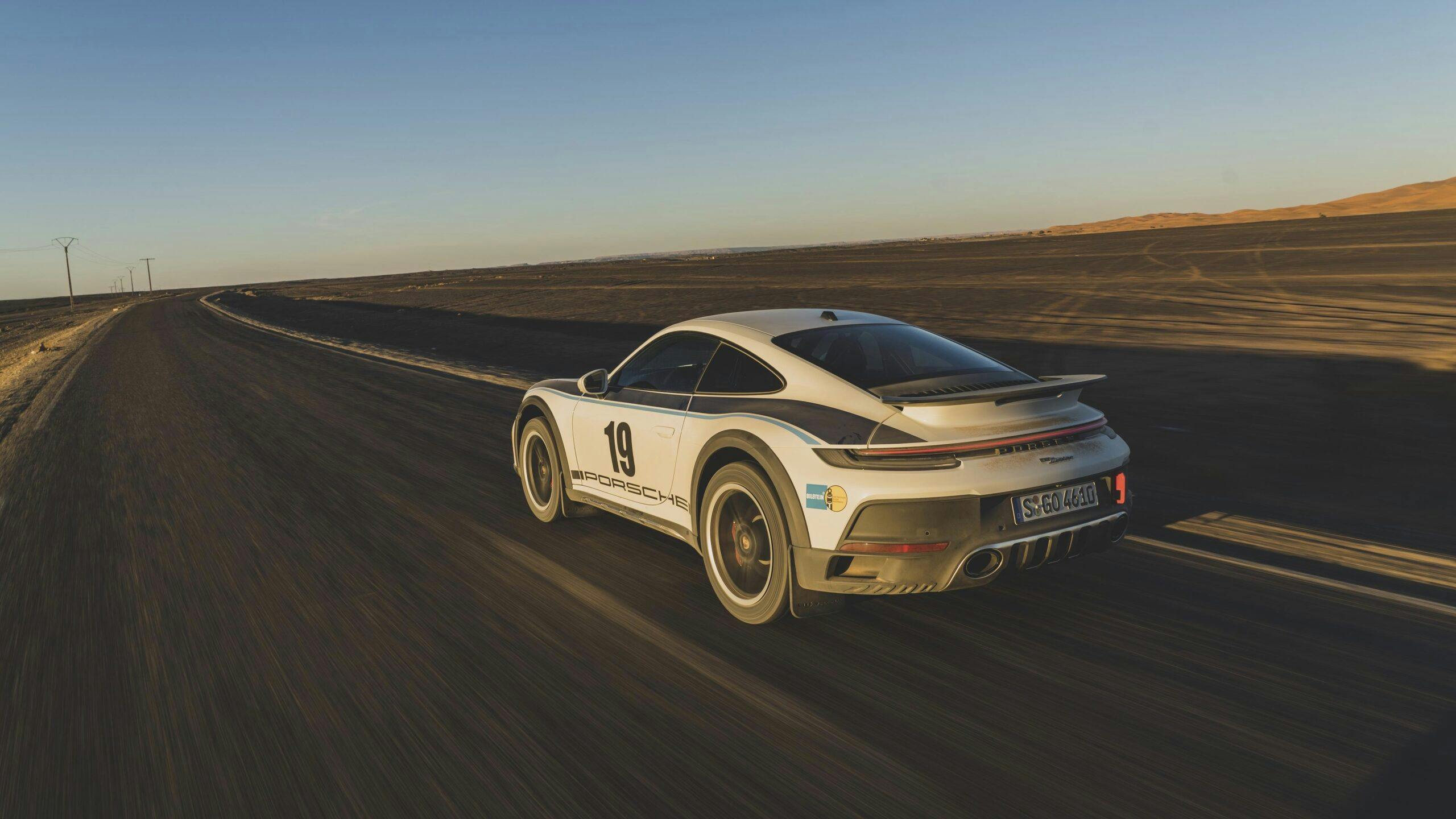



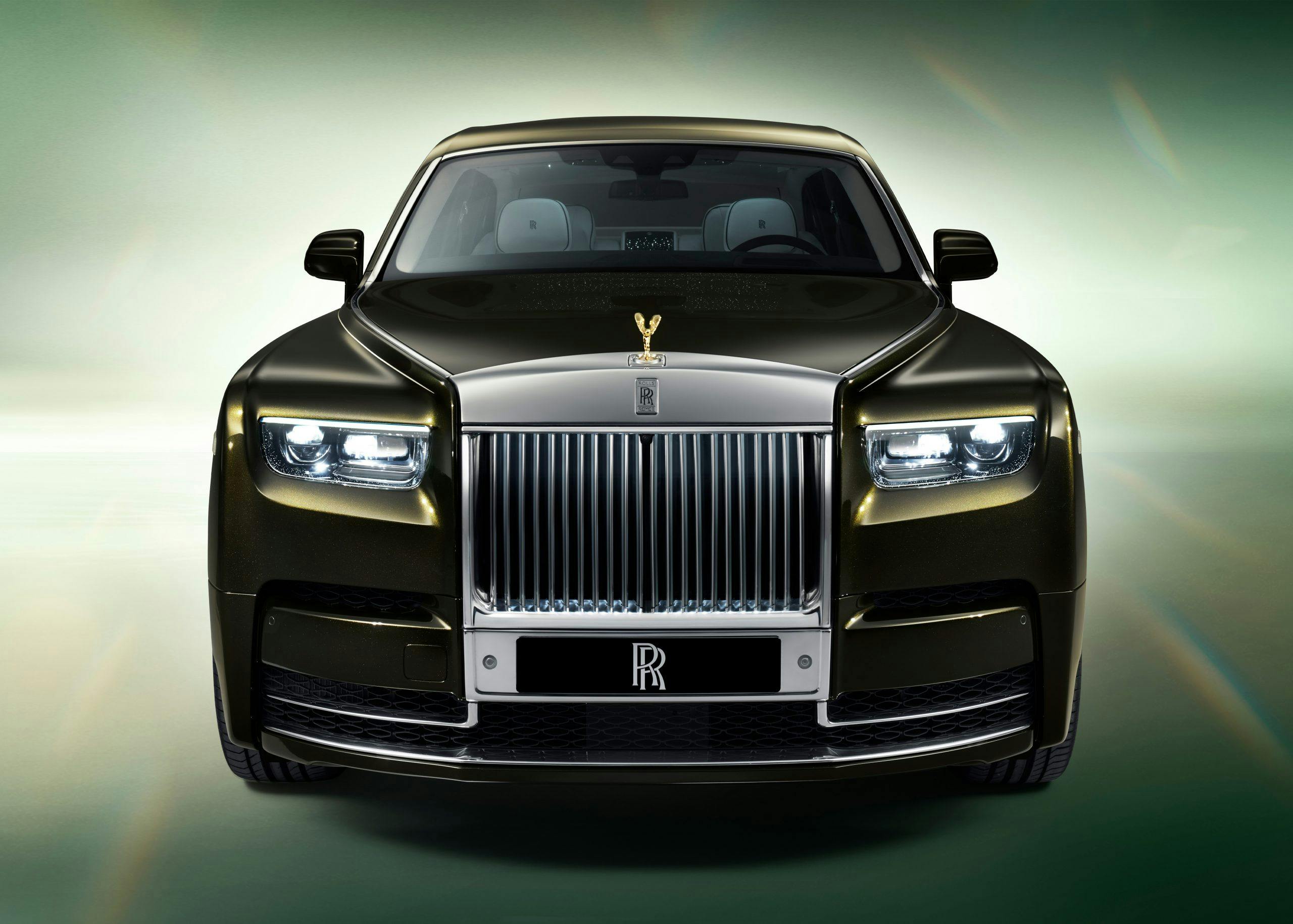
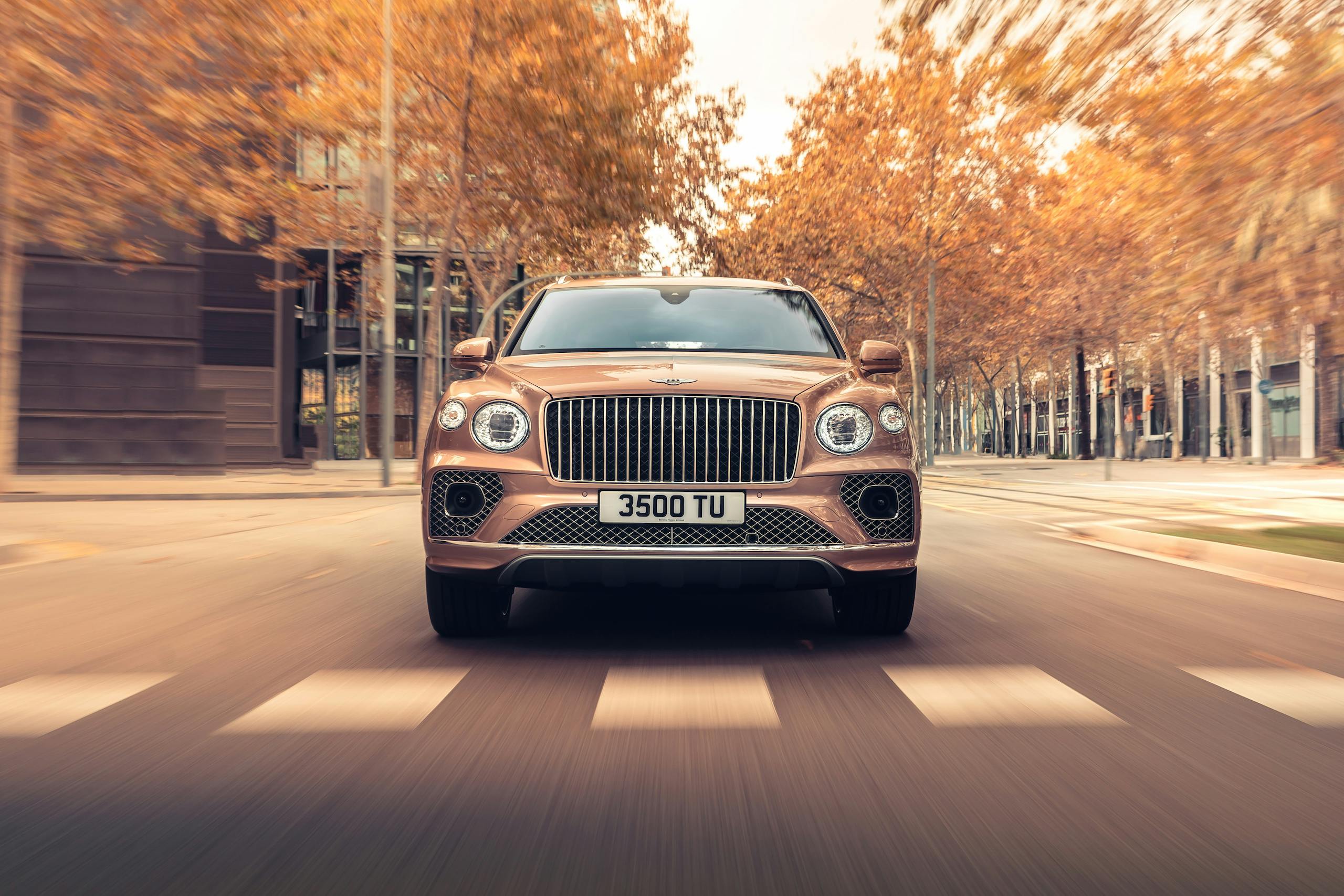
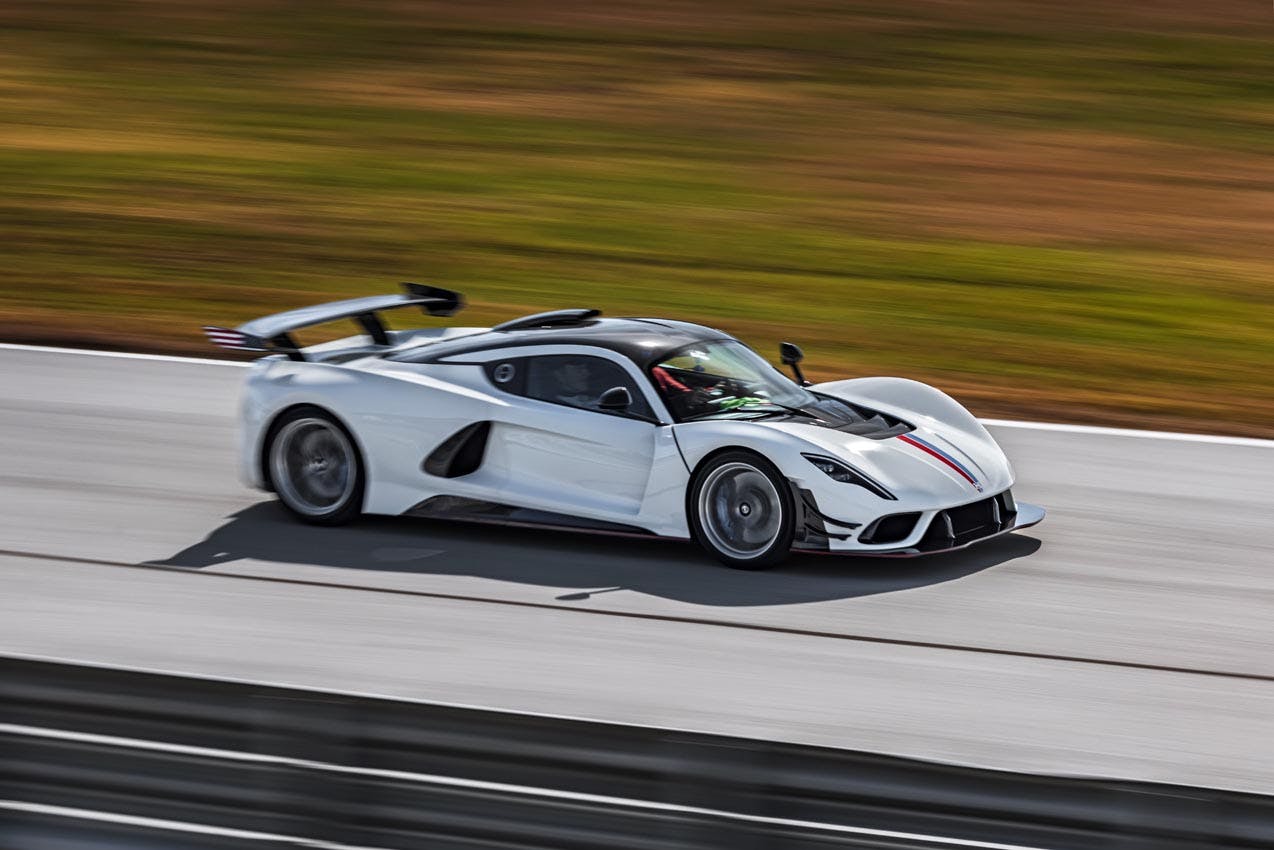



All EV’s should have PV’s on the roof/ hood/ ‘shoulders’ of the cars, let the sun charge them while they sit.
Exactly! Should be mandatory. Won’t fully charge but would contribute if sitting in the parking lot at work all day anyway. First one I’ve seen is a Canadian prototype, Project Arrow.
Increasing charging stations is a moot point if the capacity to provide power to those stations doesn’t exist. Multi story parking facilities is what it will take to accommodate EV while they charge as well.
Also I think “Functional” needs to be a mandatory descriptor of these additional charging stations.
It is no wonder Ferrari has decided to make an SUV – all you need to do is look at the British high dollar rides – more than half of all sales were SUV types.
In a normal world, EV’s would be adopted where they were most practical… Fleet and urban settings, thus a mass “network” wouldn’t be a requirement. EVentually, the market would add charging stations where there was demand.
But we live in a bizarro world now, where not having a charging network allowing 24/7 cross-country travel by any route imaginable is an immediate crisis (which can only be solved with taxes and government). It’s as if a way to cross the country non-stop hasn’t existed for about 70-80 years and functions on a daily basis without any special programs, tax incentives, etc.
The EV movement is pathetic. Nobody ever addresses the environmental impact of mining the materials to produce these batteries. Nobody addresses the recycling of these batteries when finished. No word of the high cost to replace the battery pack when needed. No clue as to how our already challenged and somewhat vulnerable power grid will do when every greenie is trying to charge their “save the planet” car . No words on the viability of traveling across the country in one of these crates. Nothing about how the battery loses more power in freezing temperatures. The entire movement is a joke.
Not to mention the maintenance necessary to keep the charging stations operational.
What’s more, no one talks about the explosion triggered when what-trillions of dollars of investment, vehicles and infrastructure-are rendered obsolete by a newer technology. T’was ever this with government industrial policy.
Totally agree with you John. Very well stated!!!
Hear! Hear! I worked on the electric van for Chrysler decades ago. We cynically (but truthfully) stated that the tree huggers were happy with electric cars so long as someone else had the power plant in their back yard. Also, ask the folks in the northeast during winter about range while running the heater, lights, windshield wipers, and radio, while stuck in a snowstorm induced traffic jam!
And the car dealers have no clue as to how to repair these EV other than Tesla. Battery fails….pro rated replacement at best. 5-6000 pound cars working their magic on our roads. Better buy some tire company stocks right now as a hedge.
40% market share by 2030 (7 years from now)? That assumes pigs will by flying by then too . . .
Larry the Pigs will have a power cord up their butts so there is that.
:))))
Sneer all you want. I’m building a EV charging station model where the government pays me to build and operate it and pays me even if it doesn’t generate revenue to cover costs. As long as Joe remains in office, I think I can pull this off (like the college kids who don’t have to pay!). Boy’s, there’s money to be made here!!
you are part of the problem, mr. freebee.
Go Galt.
Right on.
I burn leaded race gas because it is a better quality fuel …and I don’t care.
I prefer the term Environmental Sociopath.
“Exhaust: Yes, most EV buyers will be able to charge at home…” Let’s rewrite this sentence for accuraccy: “Exhaust: EV buyers who own their residence with off street parking and adequate electric service or EV buyers who live in a location where overnight charging will be provided can charge at home.” If you live in a garden apartment complex or aparment building, unless the management provides charging, you will have to spend “only” 20 minutes to add a generous 70% more power to your EV batteries and hopefully not wear them out too much.
As for adding charging infrastructure, there was an article in the Wall Street Journal in late November of 2022 that pointed out that the profit point for remote charging locations in some places out west could approach 20 years. Given the evolving technology, who is going to pay for charging locations that may well be obsolete before the cost can be recovered. Oh wait, it’s our old friend the taxpayer.
I’m normally a pretty upbeat, forward looking sort, but even I am shaking my head over the headlong rush towards EVs. Quadruple the charging infrastructure in two years? Yeah, no. Besides which aren’t we already having rolling blackouts to cope with a little bit of cold weather? Is there a study showing how much additional generating capacity we’ll need, plus the distribution network to put that power where it’s needed? The Great Deregulation on Reagan’s watch has left us with a crumbling hulk of an electrical grid. There is a lot to be done if we’re going to be charging all of these EVs as has been prognosticated. Color me skeptical.
Don’t blame Reagan; blame shortsightedness, profits, and tree huggers.
You shouldn’t cover EV’s under the heading of “Manifold” as they don’t have any.
I thought there was a manifold to direct rectal emissions back into the HVAC for pretentious recycling?
What I cannot understand is why Hagerty continues to “promote” EVs???? The old adage–“say it often enough and it becomes the standard” applies here. If those who know the truth will stop promoting EVs,
there will be less incentive to even think about them. After all–doesn’t the buyer rule here? If no one is buying, even the Gov’t can’t tax sufficiently to pay people to buy EVs.